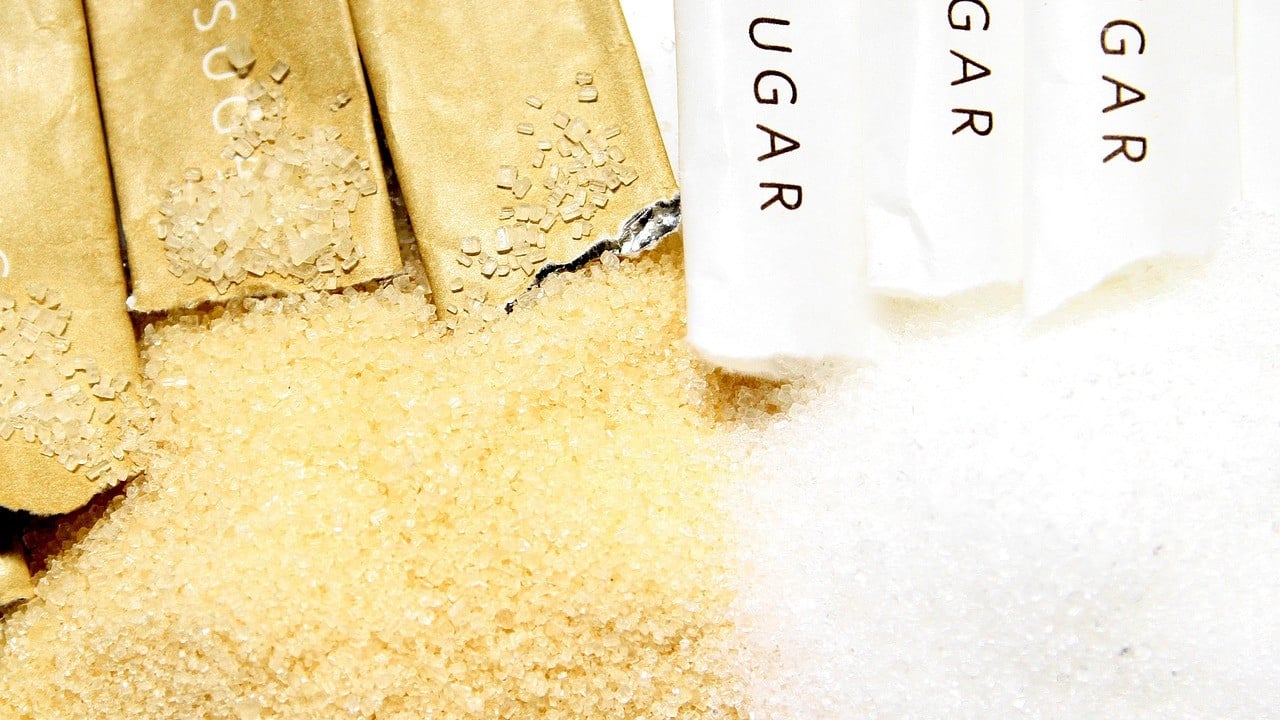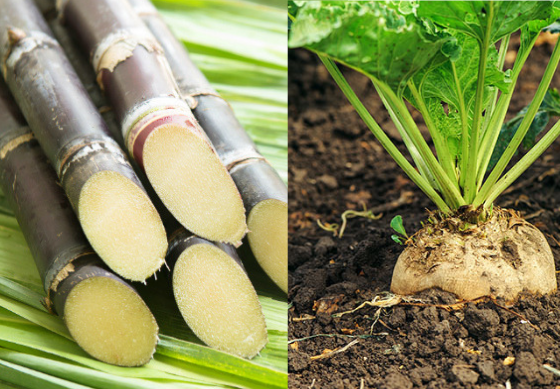People researching beet sugar vs cane sugar often want to know which dissolves better in liquids.
Discover the Uses and Perks of Beet Sugar Vs Cane Sugar in Your Daily Diet
Checking out the distinct top qualities of beet and cane sugar reveals greater than just their sweetening capacities; it highlights their one-of-a-kind influence on health and cookeries. Beet sugar, recognized for its subtle taste, is typically preferred in delicate treats, whereas cane sugar, with its hint of molasses, adds splendor to durable dishes. Each kind holds its very own nutritional account and glycemic implications, inviting a much deeper understanding of their roles in a balanced diet regimen and lasting consumption methods.
Beginning and Production Processes of Beet and Cane Sugar

The distinctive climates and soil types needed for expanding sugar beetroots and sugarcane contribute to differences in their growing techniques and geographic distribution, influencing the business economics and sustainability of their manufacturing. beet sugar vs cane sugar.
Nutritional Contrast Between Beet Sugar and Cane Sugar
Regardless of originating from different plants, beet sugar and cane sugar are nutritionally extremely similar, both mostly including sucrose. Each gives about 4 calories per gram, equating to about 16 calories per tsp. Structurally, both sugars are made up of around 99.95% sucrose, with marginal quantities of various other materials like dampness and trace element, which do not considerably alter their dietary profiles.

Ultimately, when choosing between beet sugar and cane sugar based on nutritional content alone, both deal the same benefits and drawbacks as they are essentially forms of the same molecule-- sucrose, offering quick energy without various other nutrients.
Influence On Wellness: Glycemic Index and Caloric Material
Discovering even more into the effects of beet sugar and cane sugar on wellness, it is important to consider their glycemic index and calorie web content. The glycemic index (GI) of both beet and cane sugar is around 65, classifying them as high-GI foods, which can cause fast spikes in blood glucose degrees.
Each sort of sugar has about 4 calories per gram, making their calorie material matching. For those keeping an eye on caloric consumption, especially when taking care of weight or metabolic health problems, understanding this equivalence is important (beet sugar vs cane sugar). Nonetheless, extreme intake of any type of high-calorie, high-GI food can add to health problems such as excessive weight, heart illness, and insulin resistance.
Environmental and Economic Considerations of Sugar Production
Beyond wellness impacts, the production of beet and cane sugar also increases substantial environmental and economic problems. Sugar beet cultivation has a tendency to need cooler environments and has a lower geographical footprint compared to sugar cane, which grows in exotic regions. Nevertheless, both plants are intensive in terms of click here to find out more water usage and land profession, possibly leading to deforestation and water blog here shortage. Economically, the worldwide sugar market is very unpredictable, influenced by changes in worldwide trade policies and aids. Several nations incentivize sugar production through financial backing, skewing market value and impacting small farmers adversely.
Additionally, the use of pesticides and plant foods in both beet and cane sugar farming can bring about dirt destruction and pollution, more impacting biodiversity and local water bodies (beet sugar vs cane sugar). The choice between growing sugar beet or cane frequently rests on local environmental conditions and economic factors, making the sustainability of sugar production an intricate concern
Culinary Applications and Flavor Differences
While the environmental and economic elements of sugar production are certainly substantial, the selection in between beet and cane sugar likewise affects culinary applications and taste profiles. Beet sugar, obtained from the sugar beet plant, is recognized for its remarkably neutral preference.
Walking stick sugar, extracted from sugarcane, usually keeps molasses traces, which impart an unique splendor and deepness. This minor molasses flavor improves the intricacy of baked products, sauces, and marinades. It is particularly preferred in items where a sugar undertone is wanted, such as in brownies or gingerbread. Moreover, the mild variation in wetness content between beet and cane sugar can impact the structure and consistency of meals, making cane sugar a preferred selection for details recipes that gain why not look here from its special residential properties.

Verdict
To conclude, both beet and cane sugar have unique origins and production procedures, supplying comparable nutritional accounts with slight differences in salt web content and flavor. While their effect on health and wellness, specifically relating to glycemic index and calories, is equivalent, the selection in between them usually steams down to environmental, financial variables, and certain cooking needs. Understanding these aspects can lead customers in making informed choices that straighten with their wellness objectives and flavor choices.